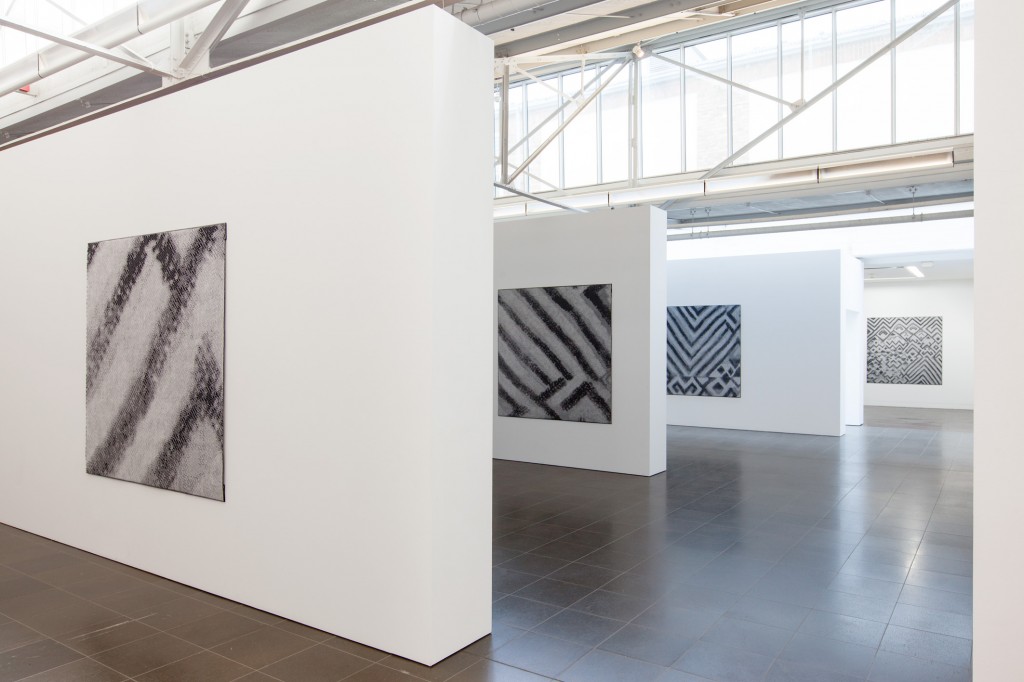The Villa Romana in Florence in a place for artistic production and exchange. Only ten minutes away from the centre of Florence, it offers peace in the form of a large garden, with the urban reality of a big city. With exhibitions and a broad spectrum of events, the Villa Romana runs the dialogue with producers and the public, places itself in the international artistic context and encourages communication with Mediterranean cultures.
The core focus of the Villa Romana since 1905 is the Villa Romana Prize. It is annually awarded to four outgoing artists living in Germany, and is combined with a scholarship and ten month stay in Florence. The institution of the Villa Romana and the founder of the same name, is the charitable organisation Villa Romana Association, which is supported by the Deutsche Bank Foundation, the Federal Government Commissioner for Culture and Media and other private sponsors.
A number of the participating artist exhibit in numerous major art institutions. Including Thomas Klipper, whose presentation at the Venice Biennale last year attracted much attention, Nora Schultz, whose work could be seen in the MoMA in New York and the Kunsthalle Zurich, Wolfgang Breuer, who presented in the KW Institute for Contemporary Art in 2009 or Henrik Olesen, who was awarded with the Wolfgang-Hahn Prize in spring this year .
For the exhibition, Thomas Klipper will develop a 15×4 meter banner for the front of the Ludwig Forum, which is a partial reprint of his floor work for the Venice Biennale in 2011. The wooden floor of the Pavilion for Revolutionary Freedom of Speech with 33 political portraits, served as the form for the large format banner. The contribution from Nora Schultz will also be produced on site, and incorporates aspects of the interior architecture of the Ludwig Forum. The process of the assembly and design in her installations, performances, sound works, prints and print machines is always recognisable.

Sophie Reinhold shows a selection of her in many ways, spatially playful paintings. The works, some of which are primed with marble dust from the quarries of Carrara, testify to an equally free and independent, examination of the history of European painting. The interventions, performances, sculptures and videos from Yorgos Sapountzis are formed in and of his interaction with public space, which in a light, almost playful way, activates the site as a historical and living space. From Vincent Vulsma, a series of works from his Jacquard Weave works WE455 will be shown.
The title refers to the serial number of a photograph by Walker Evans, which in the 1935 Exhibition African Negro Art was made of textiles, which the central African tribe Kuba used as currency. Henrik Olesen addresses aspects of fragmentation, repetition and dependency with an engagement on the verge of invisibility. The video work by Rebecca Ann Tess is the third part of a trilogy, which was filmed in the Villa Romana and will be presented for the first time in the Ludwig Forum. The three video works draw on stereotypes of European and American film and television history and present through repetition, rotation, and their cultural messages. Nine Budde will show a four part photography series, which treats the places, prota-gonists and images in a psychologically charged context. Wolfgang Breuer will show four images, compositions, toner colour compositions based on copies of four photographs.
The exhibition is a cooperation between the Ludwig Forum for International Art and the Villa Romana, Florence.
Curated by Anna Sophia Schultz and Holger Otten
More about the exhibiton (PDF)
Etna Carrara, Installation Views




Photos: Carl Brunn / Ludwig Forum Aachen
